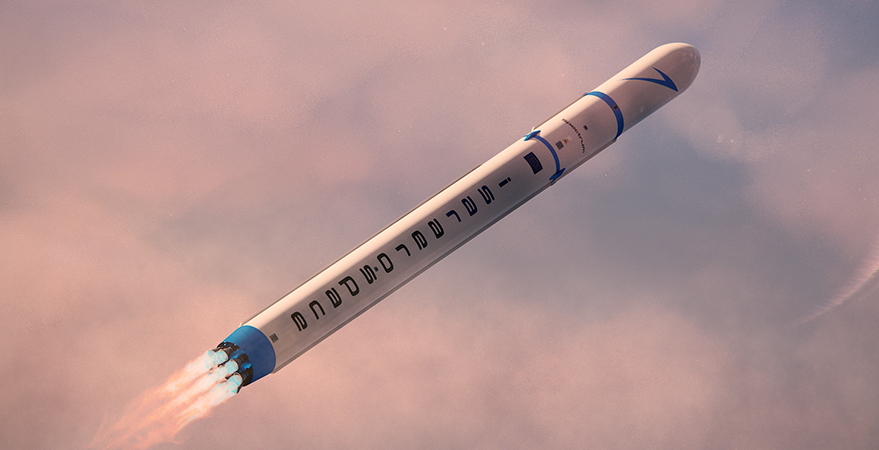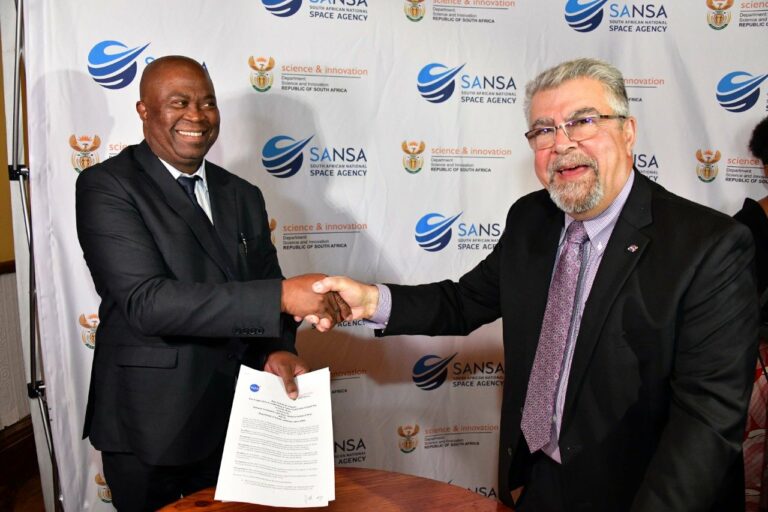NASA Researcher Honored by Goddard Tech Office for Earth Science Work
Goddard researcher Dr. Antonia Gambacorta the 2023 IRAD Innovator of the Year for her work developing hyperspectral microwave technology to dissect Earth's atmosphere from orbit.
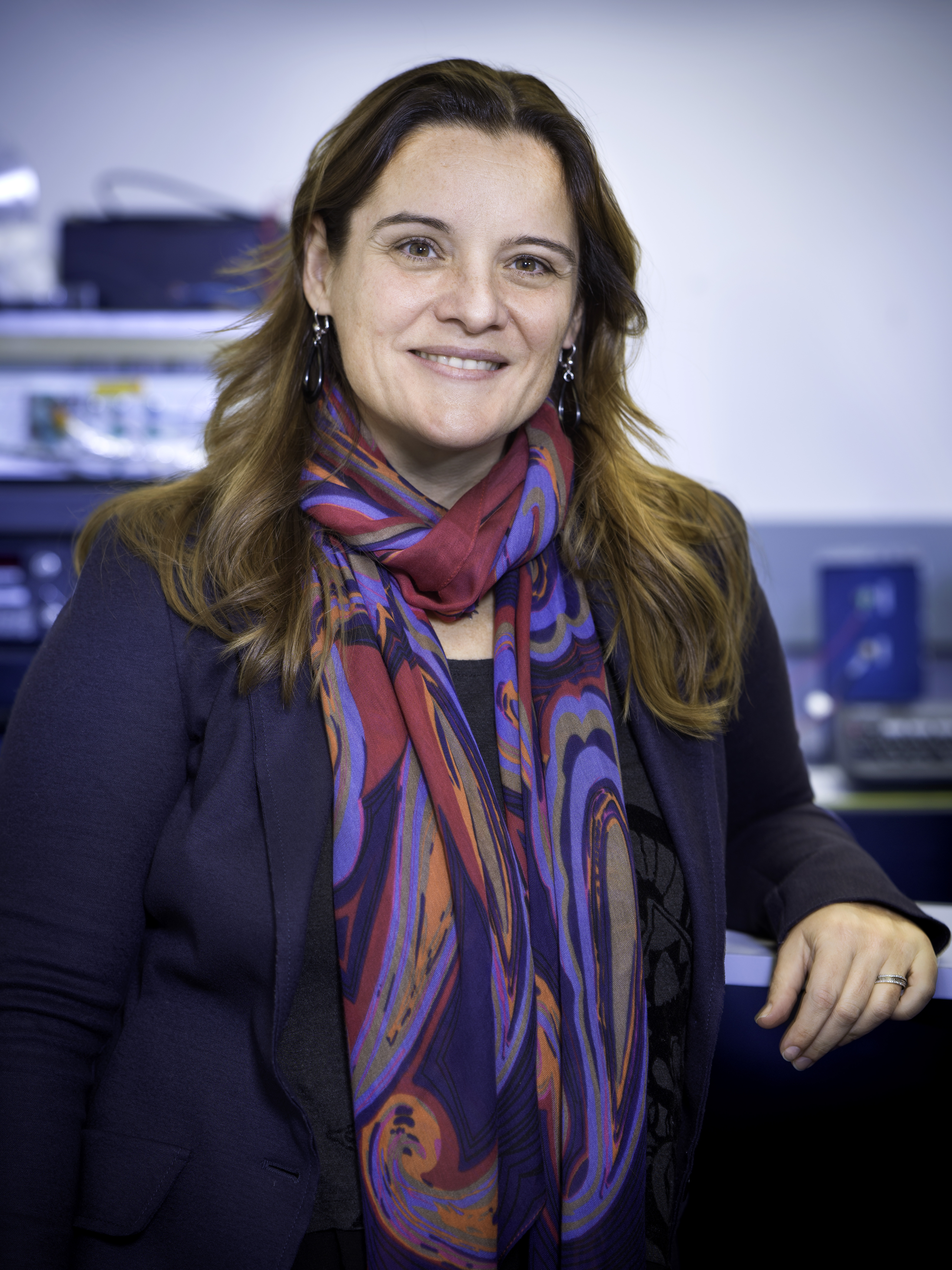
Earth science researcher Dr. Antonia Gambacorta earned the 2023 Goddard IRAD Technology Leadership award for pioneering new ways to measure lower layers of Earth’s atmosphere from space.
The award from the chief technologist of NASA’s Goddard Space Flight Center in Greenbelt, Maryland, recognizes Gambacorta’s work demonstrating how hyperspectral microwave sounding, the measurement of hundreds of thousands of wavelengths of microwave light, could dissect Earth’s atmospheric planetary boundary layer (PBL). She also conceptualized a microwave photonics radiometer instrument to reveal these measurements.
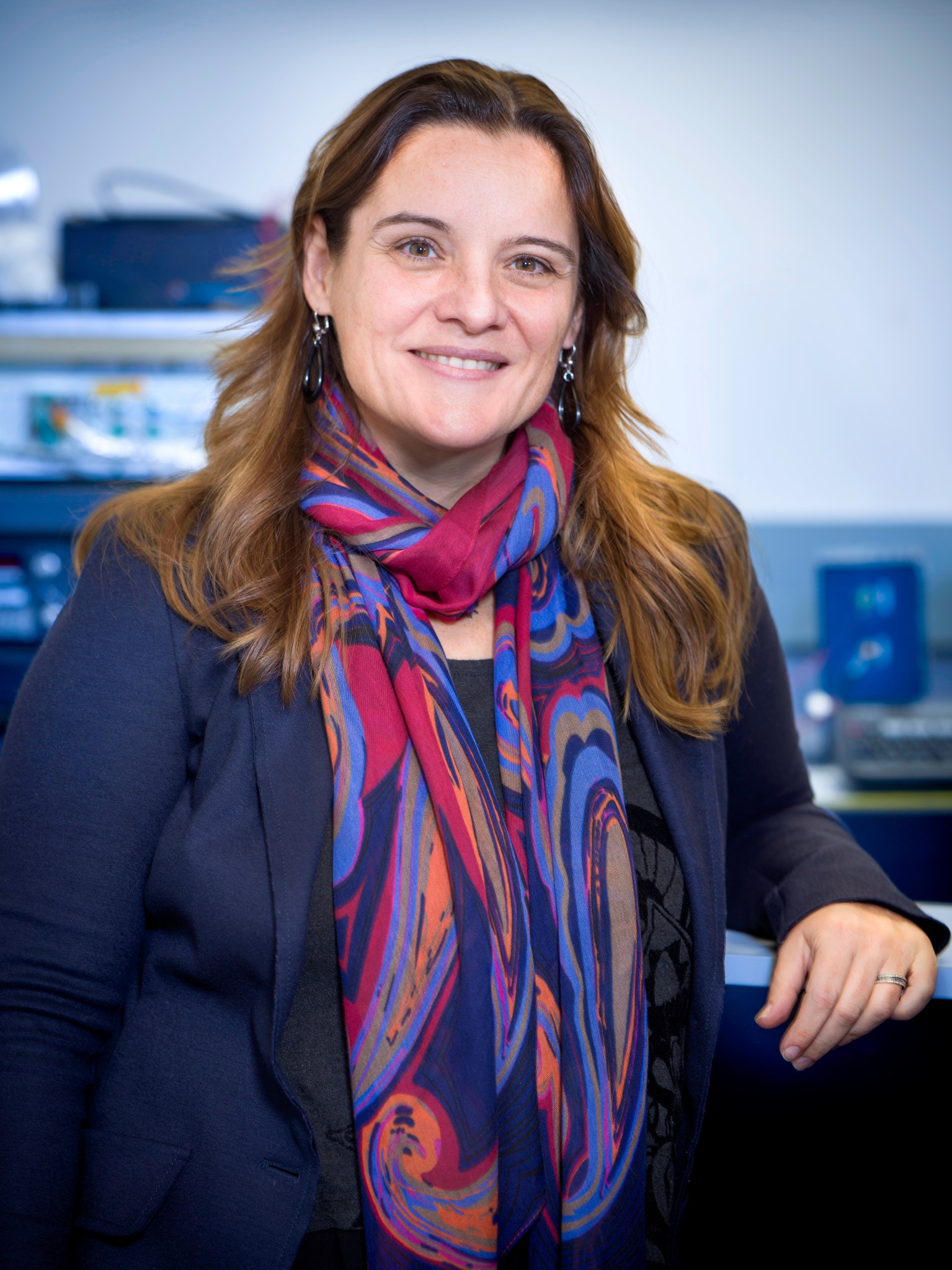
The part of Earth’s atmosphere people live in, and have the most experience studying, is the hardest to measure from space due to the volume and complex behavior of the air above it, Gambacorta said. Developing the ability to probe and measure the boundary layer on a global, routine basis is important to better understanding its connections to the rest of our atmosphere, the land surface, and the oceans.
“The unique challenge of the PBL requires a novel path forward that will bring together traditionally disparate observing system components in order to enable transformative scientific advances in Earth system science,” said fellow researcher Joseph Santanello. “To that end, Dr. Gambacorta’s efforts extend beyond individual technology developments, and are represented in her aspirational vision of PBL sounding as ‘the tie that binds.’ Just as notably, Dr. Gambacorta’s passion, enthusiasm, and respect for her colleagues has been evident through each of stage of the project’s development.”
In seeking solutions to measure the boundary layer, Gambacorta stepped up to lead Goddard’s hyperspectral microwave projects and became the face of the center’s Decadal Survey Incubation (DSI) efforts. Through multiple Internal Research and Development, or IRAD grants, she and her team performed fundamental research to show the effectiveness of hyperspectral microwave sounding, conceptualized a microwave photonics radiometer instrument, and more recently began developing a framework to integrate data from multiple sensors for boundary layer science observations.
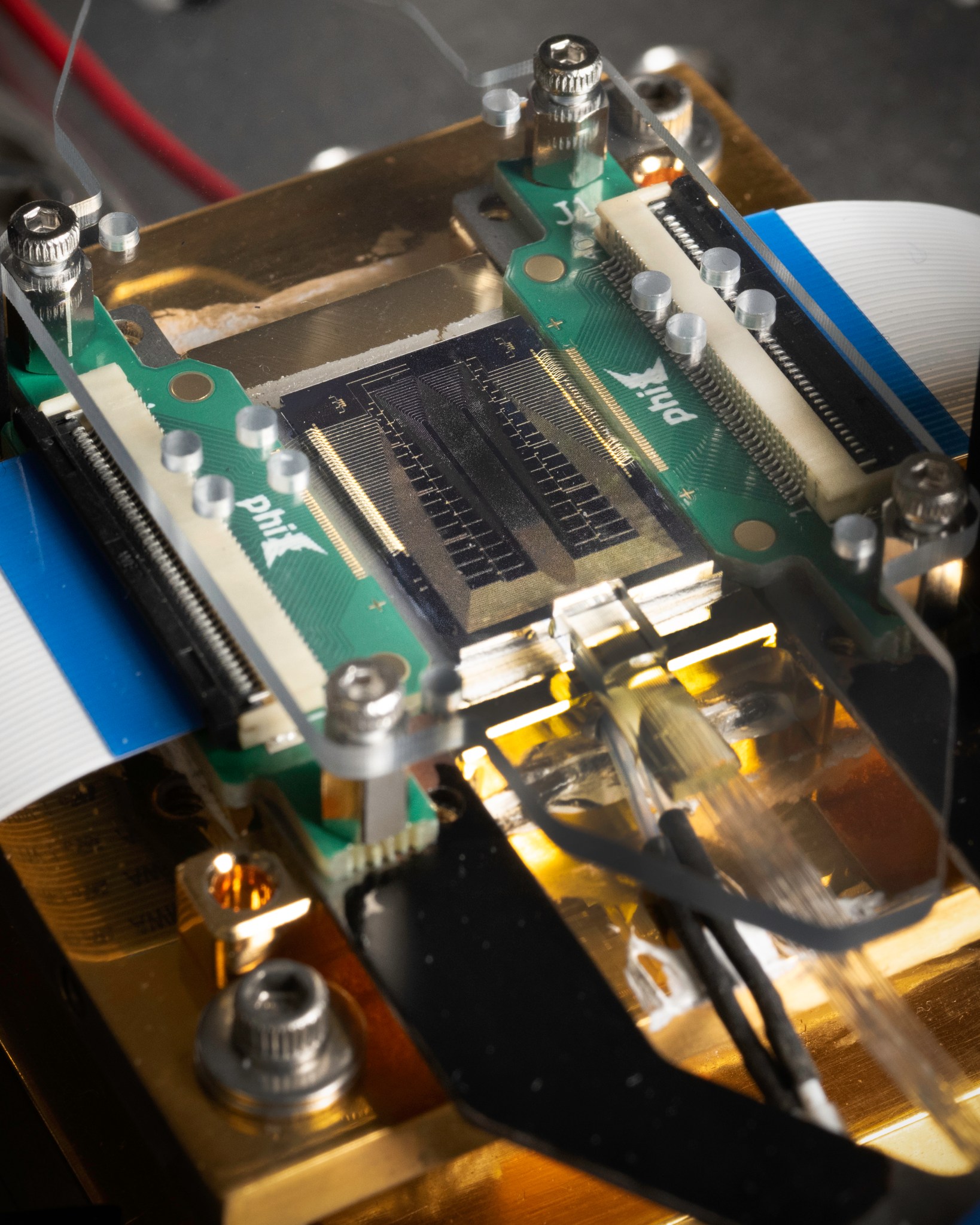
“Antonia’s innovation rises above her individual successes as a capable and creative innovator,” said Goddard Chief Technologist Peter Hughes. “She capitalized on multiple programs to incubate new technology while engaging expertise from across agencies and around the world to connect to other resources.”
Her cutting-edge innovations and research earned support from NASA’s Earth Science Technology Office and from the National Oceanic and Atmospheric Administration.
Specifically, Gambacorta built on her IRAD successes to secure an Earth Science Technology Office Instrument Incubator Program (IIP) project award to further develop her team’s microwave photonics radiometer concept and DSI funding to advance the multi-sensor fusion framework. Additionally, her momentum enabled a DSI-funded airborne instrument project attempting to transform CoSMIR, Goddard’s Conical Scanning Millimeter-wave Radiometer, into a hyperspectral sensor. That project is led by up-and-coming instrument scientist Rachael Kroodsma.
This entire portfolio that Gambacorta now manages also culminated in a successful NOAA Broad Agency Announcement proposal to demonstrate hyperspectral microwave radiometry. Through her engagement with colleagues in ESTO, NOAA, and the European Organisation for the Exploitation of Meteorological Satellites, Hughes said Goddard’s hyperspectral microwave and PBL initiatives are regarded globally as the trusted strategy for understanding the planetary boundary layer. Goddard is widely viewed as a pioneer in the use of integrated photonics for Earth remote sensing due to Gambacorta’s leadership, he added.
“Antonia serves as a true inspiration to the technologists and scientists on her teams,” her colleague Santanello added. “Her innovation and contribution to Goddard and the larger community can also be measured in each of these ways.”
By Karl B. Hille
NASA’s Goddard Space Flight Center, Greenbelt, Md.

























